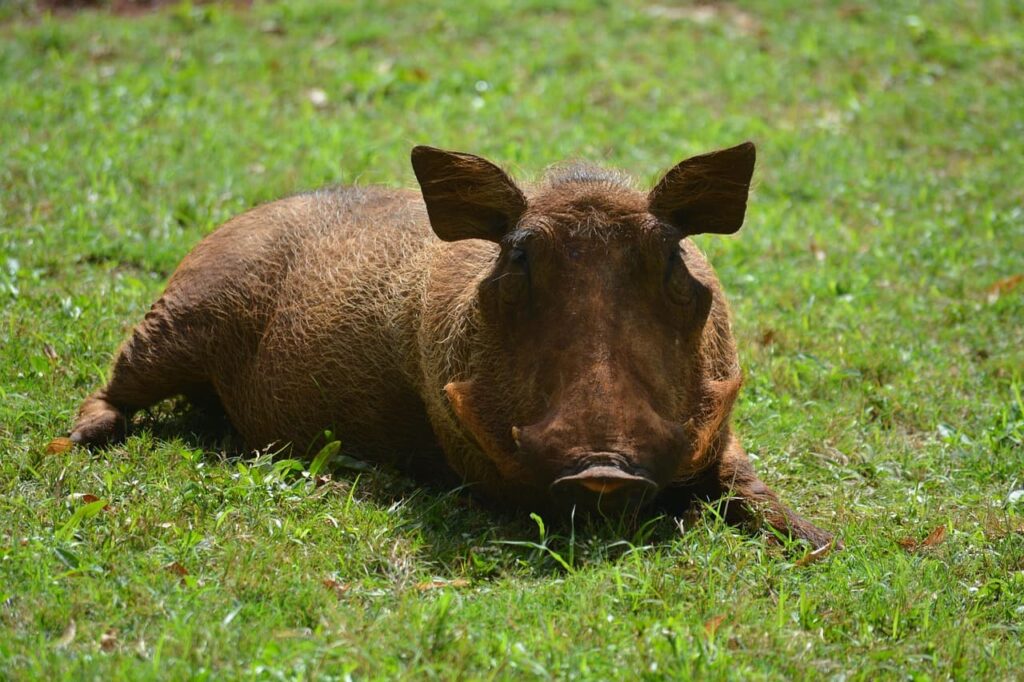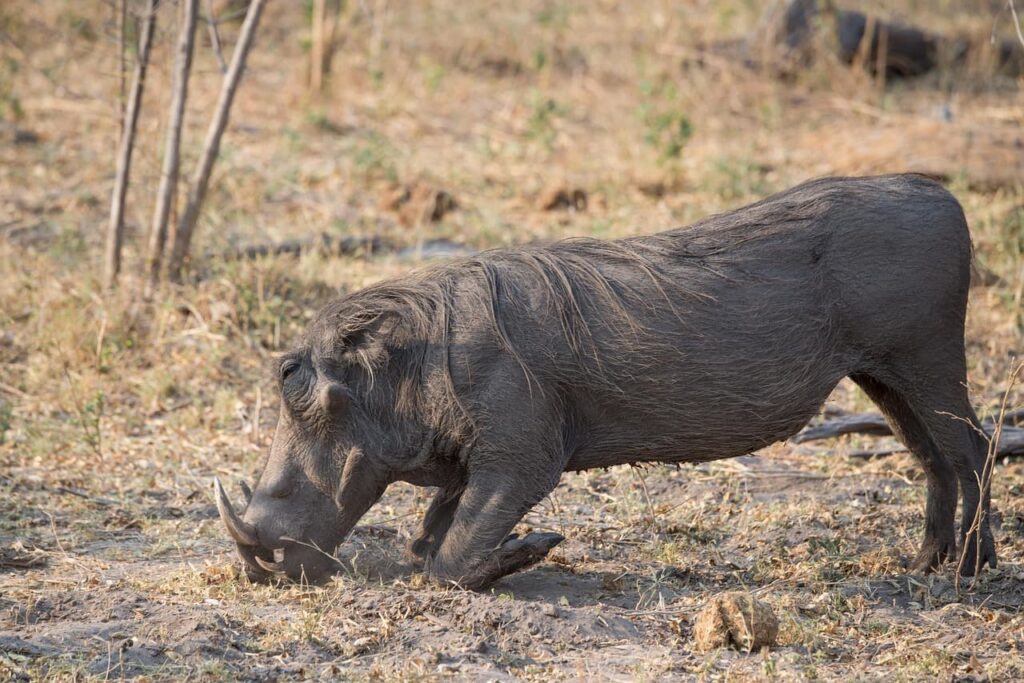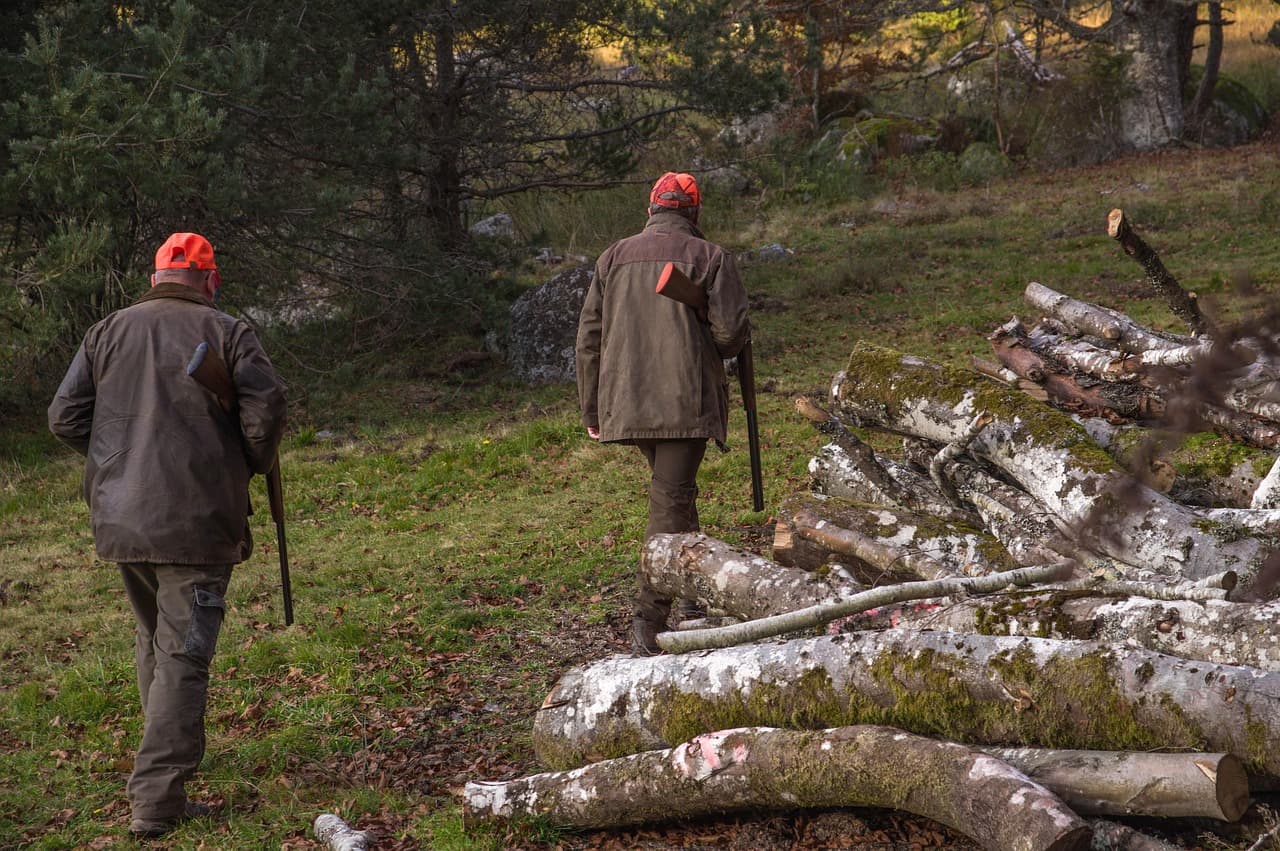Hog hunting has become one of the most popular and rapidly growing types of hunting in the U.S., particularly in states like Texas, where feral hogs cause significant damage to land and crops. But while it offers excitement and plenty of opportunity, hog hunting also presents unique challenges for beginners.
From understanding wild hog behavior to choosing the right equipment and navigating hunting regulations, there’s a lot to learn before heading into the field. If you’re new to hog hunting, getting familiar with the basics can make a big difference in both your success and safety. The tips below will help you start strong and hunt smart.
What Is the Best Way to Hunt Hogs?
Hog hunting is one of the most thrilling and fast-paced hunting experiences available in North America. The best way to hunt hogs depends on your terrain, time of day, and local laws, but most hunters either choose spot-and-stalk, stand hunting, or nighttime hunting with thermal or night vision gear.
Each method has its advantages, but the most effective strategy often combines patience, stealth, and timing. Hogs are highly intelligent and can quickly learn to avoid traps or noisy humans. That’s why experienced hunters put just as much effort into scouting and preparation as they do into the hunt itself.
If you’re hunting for meat or to manage local populations, targeting hogs at night with thermal optics is often the most productive option. Wild hogs are primarily nocturnal, especially in warmer months. They travel in groups, have an excellent sense of smell, and can be aggressive when cornered. That makes safety and accuracy essential.
Whether you’re hunting over bait, near water sources, or walking crop edges at dusk, knowing where hogs are likely to travel, and being there quietly is your biggest advantage.
Why Hog Hunting Is Gaining Popularity
Hog hunting isn’t just a pastime, it’s a necessary form of population control in many parts of the U.S. With wild hogs causing billions in agricultural damage annually, states like Texas, Florida, and Georgia have embraced hog hunting as both recreation and resource management. The lack of hunting restrictions on feral hogs in many states also makes them a year-round target, unlike deer or turkey, which have regulated seasons.
But beyond necessity, people are drawn to hog hunting because it’s challenging, unpredictable, and rewarding. Hogs are hardy animals that won’t always drop with a single poorly placed shot. They move quickly through thick brush, often in large sounders, and they don’t follow predictable patterns like other game animals. That makes a successful hog hunt feel earned, not given.
In addition, hog meat is highly prized by many hunters. Wild boar provides lean, flavorful protein, especially when harvested from younger animals. Processing your own meat from a successful hunt brings a sense of satisfaction that store-bought pork never can.
Tips on Hog Hunting
Getting started with hog hunting can feel overwhelming, but the right tips can help you feel more prepared and confident. Whether you’re tracking hogs on public land or setting up on private property, knowing how to plan, what to bring, and how hogs behave can give you a real advantage.
Choosing the Right Firearm for Hogs
Hogs are tough. They have thick hides, dense muscle, and sometimes even bony shields over their shoulders, especially in large boars. That means your firearm choice matters a lot more than it might for smaller game.
For many, an AR-style rifle chambered in .223/5.56 or .300 Blackout is a popular choice, especially when using thermal optics for night hunts. These rifles offer quick follow-up shots, low recoil, and are well-suited to fast-moving targets. However, if you’re hunting big hogs in thick brush or want to ensure one-shot drops, calibers like .308, 6.5 Creedmoor, or even .45-70 are better suited.
Bolt-action rifles, lever guns, and even shotguns are all viable choices depending on your style of hunting. A slug from a 12-gauge shotgun at short range will drop a hog quickly, but your range is limited compared to a scoped rifle.
Regardless of the firearm you choose, focus on accuracy and terminal ballistics. Soft-point or bonded bullets that retain weight and expand reliably are ideal for hogs. Precision matters more than volume, especially when you only get one clear shot.
Day vs. Night Hunting: What’s Better?
One of the unique aspects of hog hunting is the choice between day and night pursuits. While both can be effective, your approach and gear will vary drastically.
Daytime hunting is often done over feeders or bait piles, near water sources, or by stalking trails that show fresh sign. You’ll rely more on natural concealment, scent control, and patience. It’s also safer and more accessible for beginners, especially on public land or properties where night hunting isn’t allowed.
Night hunting, on the other hand, opens up opportunities to catch hogs at their most active. With a thermal scope or night vision, you can spot groups of hogs from hundreds of yards away and move in quietly. Many experienced hunters prefer night hunting for its higher success rate and the sheer number of hogs visible.
However, night hunting requires special equipment and more safety awareness. Identifying targets in the dark, navigating terrain, and confirming clean shots becomes more complex. That’s why good lighting, battery backup, and clear communication with hunting partners are critical.
Signs of Hog Activity in the Field
Before you can hunt hogs, you need to find them, and that means recognizing signs of their presence. Wild hogs leave behind very distinctive markings in fields, woods, and along waterlines. Knowing what to look for will save you time and increase your chances of success.
Fresh rooting is a key sign. Hogs dig up soil with their snouts in search of insects, roots, and grubs, leaving behind churned earth that often resembles a rototilled garden. You may also find wallows, shallow muddy depressions near water where hogs cool off, and rubs on trees or fence posts covered in dried mud and hair.
Hog tracks are wide and rounded, often mistaken for deer, but generally broader with blunter tips. Droppings are another clue. Hog scat is typically coiled, dark, and often mixed with undigested plant matter.
Listen for them, too. Hogs can be noisy when feeding or moving in groups. Grunting, squealing, and movement through brush are audible signs they’re nearby. Game cameras placed along known trails or feeders can confirm patterns and help you decide the best time and place to hunt.

Setting Up a Hog Bait Site
While not legal in every state, baiting is a common method for attracting hogs to a particular area. Corn is the bait of choice for many, but mixing it with diesel fuel or souring it by fermenting it in water can make it more attractive, and help deter non-target species like deer or raccoons.
Choose a bait site with a clear line of sight, minimal wind exposure, and proximity to dense cover where hogs feel safe. Make sure you’re hunting downwind and at a good distance for your shooting setup. Trail cameras can tell you what time of night hogs are showing up and in what numbers.
Feeders with timers can establish a feeding routine, conditioning hogs to show up at predictable times. If hunting public land, confirm that baiting is allowed, and always follow regulations closely.
Hog Hunting with Dogs
Using dogs to hunt hogs is an old tradition still popular in many Southern states. This method involves two types of dogs, bay dogs and catch dogs. Bay dogs locate and corner hogs by barking, while catch dogs hold the hog in place until the hunter arrives.
Hunting with dogs is more physical, hands-on, and dangerous than stand hunting or spot-and-stalk. It requires trained dogs, specialized gear like cut vests, and close teamwork between dog handlers and shooters. However, it can be one of the most exhilarating and personal ways to hunt wild hogs.
This method is often used where dense vegetation or swampy terrain makes traditional hunting difficult. Dogs can navigate places people can’t, and their noses detect hogs far earlier than human senses can. But it’s not for everyone, this is a fast-paced, high-risk hunt that takes experience and commitment.
Dressing, Cleaning, and Processing Hogs
Once you’ve harvested a hog, the next step is field dressing and cooling the meat. Quick processing is important, especially in warm climates, to prevent spoilage. Many hunters field dress hogs like deer, removing the organs as soon as possible, but due to wild hogs’ higher parasite risk, it’s important to wear gloves and avoid nicking the intestines.
Once cleaned, the carcass should be cooled rapidly, either in a cooler with ice or a refrigerated space. Wild hogs under 150 pounds generally produce the best-tasting meat, particularly young sows or boars. Larger hogs can still be eaten, but they may have a stronger flavor and require slow-cooking or sausage making to improve tenderness.
Always cook wild hog meat thoroughly. Trichinosis and other parasites are possible, so internal temperatures should reach at least 160°F. With the right care and preparation, wild hog meat can be turned into chops, roasts, pulled pork, or smoked sausage that rivals anything you’ll find in stores.
Safety Considerations and Legal Requirements
Because of their size, strength, and aggressiveness, hogs can be dangerous if wounded or cornered. Always know your shot placement, keep a safe distance, and never approach a downed hog too quickly. If using dogs or hunting at night, communication and caution are even more critical.
Hog hunting regulations vary widely by state. In many areas, there are no bag limits, no closed seasons, and minimal licensing requirements for hunting hogs on private land. But public lands may have more restrictions, and using night vision or thermal gear may require special permits.
Always check with your state’s wildlife agency for up-to-date rules, especially if you plan to use bait, hunt with dogs, or carry a sidearm. Failing to comply can result in fines or loss of hunting privileges, even when your intentions are good.

Conclusion
Hog hunting offers a rare mix of thrill, challenge, and usefulness. Whether you’re trying to fill the freezer, protect farmland, or simply enjoy the pursuit, hunting wild hogs demands preparation, skill, and respect for your quarry.
The right gear, firearm, and tactics make all the difference, but success also comes from knowing your land, understanding hog behavior, and staying alert from the moment you arrive. With year-round opportunities and a growing wild population, hog hunting is one of the most accessible and rewarding ways to stay active in the outdoors.
Frequently Asked Questions
- What is the most effective method for hunting hogs?
The best method depends on location and gear, but common approaches include spot-and-stalk, stand hunting, and nighttime hunting with thermal or night vision optics. Night hunting tends to be most productive due to hogs’ nocturnal behavior.
- Why is hog hunting becoming so popular?
Hog hunting is popular because it offers year-round opportunities, helps control invasive populations that cause agricultural damage, and provides a challenging hunting experience. The availability of feral hogs and minimal hunting restrictions in many states add to its appeal. - What kind of firearm should I use for hog hunting?
Your firearm should match the toughness of wild hogs. AR-style rifles in .223 or .300 Blackout work well for fast shots, while larger calibers like .308 or 6.5 Creedmoor are better for quick, humane kills. Shotguns with slugs also work at close range. - How do I know if hogs are active in a certain area?
Signs of hog activity include fresh rooting (disturbed soil), wallows (mud pits), tree rubs with dried mud, wide tracks, and coiled droppings. You might also hear grunting or brush movement. Trail cameras are great for confirming hog presence. - Is it better to hunt hogs during the day or at night?
Night hunting is often more effective because hogs are most active after dark. Thermal or night vision scopes increase your odds. However, daytime hunting is safer for beginners and more common on public land with equipment restrictions. - What safety precautions and legal requirements should I be aware of?
Always use proper shot placement, keep a safe distance from hogs, and wear gloves during field dressing. Regulations vary by state, especially for night hunting, baiting, and hunting with dogs. Check with your local wildlife agency to stay compliant.




